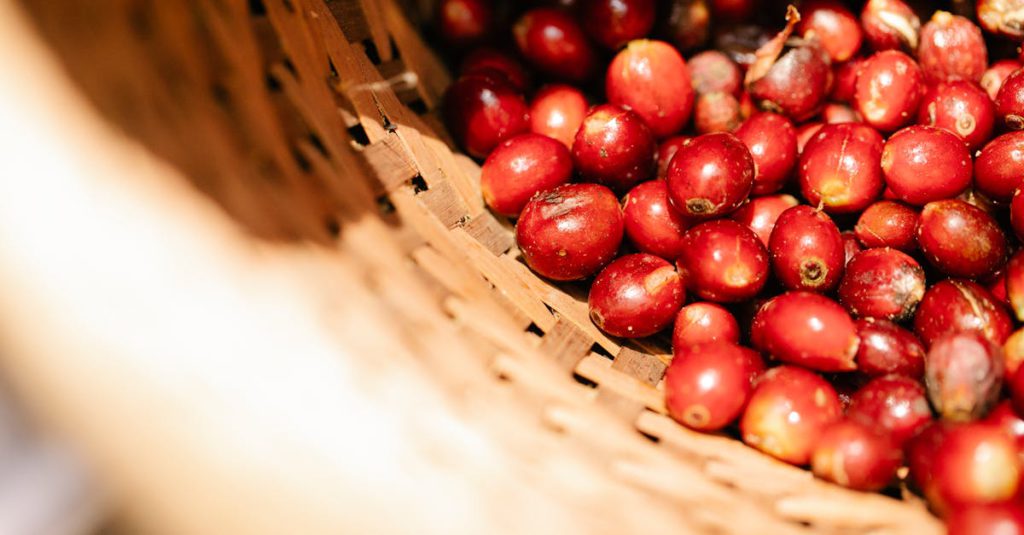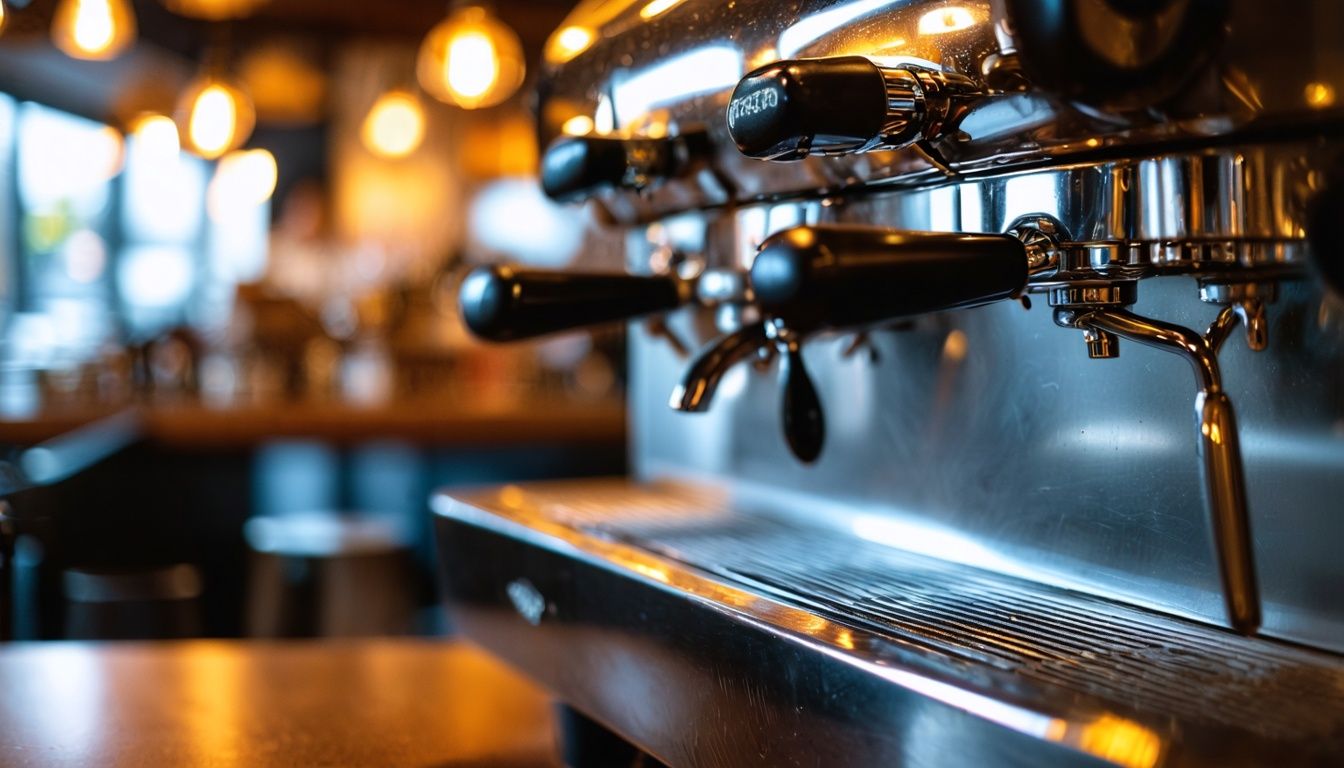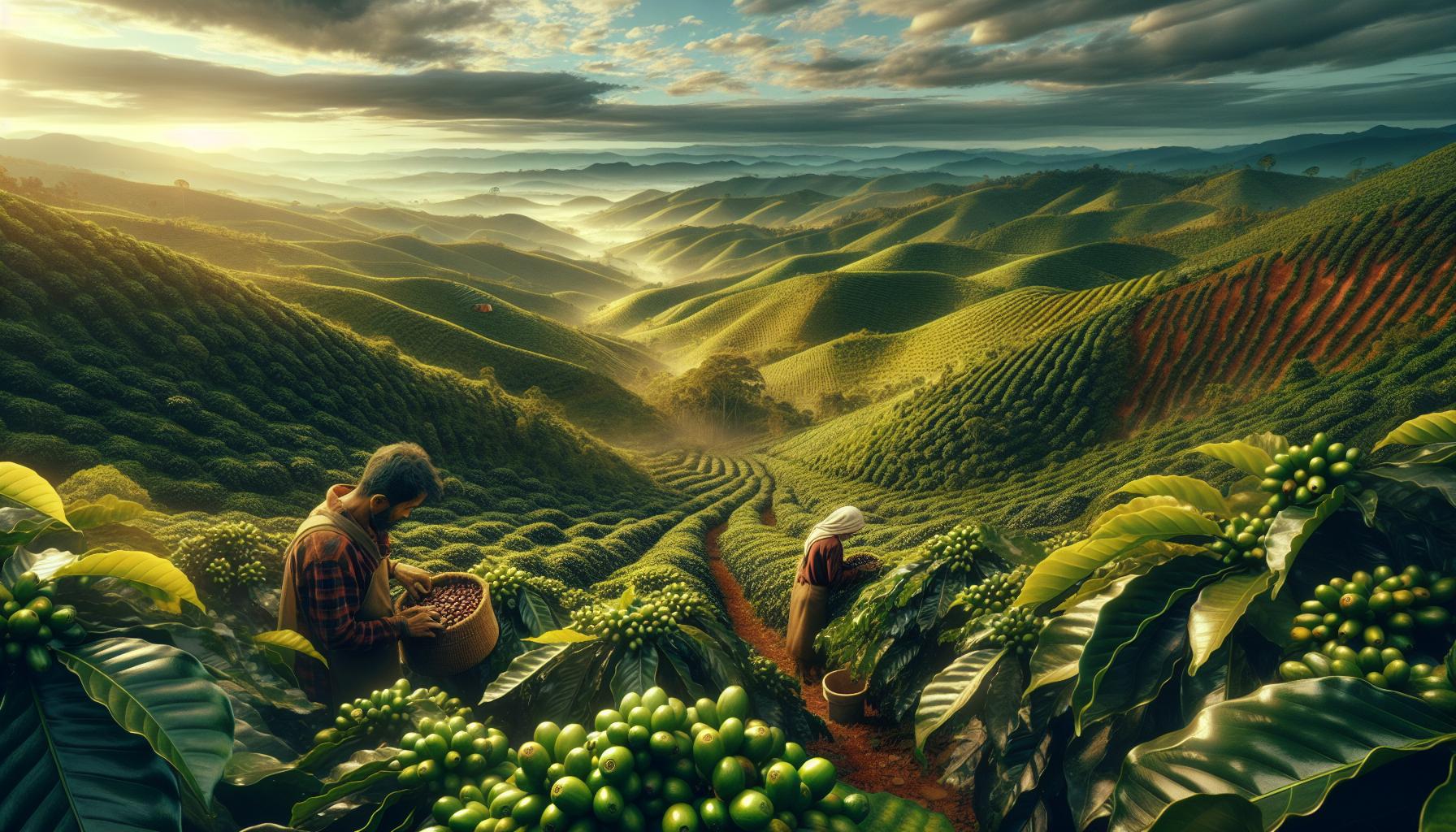Blog
Where Is the Biggest Producer of Coffee?
Brazil is the biggest producer of coffee. This South American giant produced a staggering 69 million 60-kilogram bags of coffee in 2020, accounting for 40% of the global supply. Coffee production is one of Brazil’s most prolific industries, with millions of hectares dedicated to green coffee cultivation.
In this text, you’ll explore the journey of coffee from bean to cup, delving into the top coffee-producing countries worldwide. You’ll discover how Vietnam ranks as the second-largest producer, contributing approximately 20% to the world’s coffee supply. By understanding these key players, you gain insight into the global coffee trade and its impact on your daily brew.
The Global Landscape of Coffee Production
Coffee production occurs primarily in tropical regions. Understanding these key players provides valuable insights into the global coffee trade:
- South America: Brazil and Colombia lead, with vast coffee plantations. Brazil’s Minas Gerais region is especially notable for high-quality beans.
- Central America: Costa Rica and El Salvador are known for cultivating high-quality arabica coffee beans.
- South-East Asia: Vietnam dominates with significant production of robusta coffee beans, key for instant coffee.
- Africa: Ethiopia is famous for arabica coffee, while West Africa contributes greatly to the global coffee market.
Features Affecting Coffee Production
Multiple features impact coffee cultivation:
- Climate: Ideal temperatures range between 15-24°C for arabica coffee and 24-30°C for robusta coffee.
- Soil: Rich, well-drained soils improve coffee bean quality.
- Altitude: Higher altitudes yield specialty coffee with unique flavours. For example, Colombian coffee grows between 1,500-2,000 metres.
- Economic Features: Coffee farming impacts local economies, especially in major coffee-producing countries like Brazil and Vietnam.
Globally, more than 50 countries engage in coffee production. But, the leading five—Brazil, Vietnam, Colombia, Indonesia, and Ethiopia—contribute the majority of global output. This intricate blend of regions and features reflects the diverse world of coffee production.
Major Coffee Producers
Brazil: The Leading Producer
- Brazil leads global coffee production, producing 3 million tons annually.
- Minas Gerais region is particularly famous for its Arabica beans.
- Over 300,000 coffee farms exist in Brazil.
- The country has retained the title of the largest producer since the 1840s.
- Brazil produces both Arabica and Robusta varieties.
Vietnam
- Vietnam takes second place, producing 17 million tons of Robusta coffee annually.
- Introduced by French colonialists, coffee remains a top export after rice.
- The Buôn Ma Thuột region is a hub for Vietnam’s coffee cultivation.
- Known for its bold flavor profile, Vietnam contributes 40% to the world’s Robusta production.
Colombia
- Colombia produces 8,851 thousand tons annually.
- Famous for its high-quality Arabica coffee.
- Coffee is the backbone of Colombia’s agricultural sector.
- Known for its distinct taste because of mountainous regions and optimal coffee-growing conditions.
Indonesia
- Indonesia produces 7,610 thousand tons.
- Known for its complex and diverse coffee varieties, including Kopi Luwak.
- The country grows both Arabica and Robusta beans.
- Indonesia is a key player in the global specialty coffee market.
Honduras
- Honduras produces 4,763 thousand tons.
- Coffee is key to Honduras’s economy and an important export product.
- Focuses on high-quality Arabica beans.
- The country invests in sustainable coffee farming practices.
Ethiopia
- Ethiopia produces 4,826 thousand tons, known as the birthplace of coffee.
- Famous for Ethiopian coffee, particularly from regions like Sidamo and Yirgacheffe.
- Produces diverse varieties of Arabica coffee.
- Coffee accounts for a significant part of Ethiopia’s export earnings.
Peru
- Peru produces a considerable amount of high-quality Arabica beans.
- Known for organic and fair-trade coffee practices.
- The unique microclimates contribute to the distinctive flavors of Peruvian coffee.
- Coffee production greatly impacts Peru’s rural economy.
India
- India produces 570 thousand tons.
- Known for its distinct monsooned Malabar coffee.
- Predominantly grows Robusta beans, but also produces Arabica.
- Coffee cultivation focuses on sustainable and eco-friendly practices.
Guatemala
- Guatemala produces high-quality Arabica beans.
- Famous regions include Antigua and Huehuetenango.
- Coffee contributes greatly to Guatemala’s economy.
- The country’s unique climate and high altitudes offer ideal conditions for coffee farming.
Uganda
- Uganda produces 480 thousand tons.
- Known for robust Robusta production.
- One of Africa’s leading coffee producers.
- Coffee farming is vital to Uganda’s rural communities and economy.
Other Coffee Producing Countries
- Costa Rica is famous for its high-quality specialty coffee.
- El Salvador grows Arabica beans, known for their balanced flavors.
- Kenya produces coffee with a bright acidity and full body.
- Mexico is noted for its mild, smooth coffee often used in blends.
- Puerto Rico produces small quantities but is known for its rich, well-balanced coffee.
Each of these countries contributes to the rich diversity of global coffee production. As a coffee lover, exploring coffees from different regions can give you a taste of the world.
Trends and Techniques in Coffee Farming
Sustainable Coffee Production
Sustainable coffee production aims to meet current demands without compromising future generations. Farmers employ various techniques:
- Organic Farming: Farmers avoid synthetic chemicals, using natural fertilizers to grow coffee beans. Countries like Peru and Ethiopia are leaders in organic coffee farming.
- Agroforestry Systems: Coffee is grown under the canopy of trees, promoting biodiversity. This technique is prevalent in Central America, especially in countries like Guatemala and Costa Rica.
- Water Conservation: Farmers use efficient irrigation methods to conserve water. Drip irrigation and rainwater harvesting are common practices.
- Fair Trade: Farmers receive fair prices for their coffee, supporting their families and communities. Many regions, particularly in Latin America, engage in fair trade.
Innovations in Coffee Cultivation
Innovations in coffee cultivation improve productivity and quality. Key developments include:
- Genetic Research: Scientists develop disease-resistant coffee plants. Brazil, the largest producer, invests heavily in such research.
- Precision Agriculture: Farmers use technology like drones and soil sensors to monitor crops. This leads to better resource management and higher yields.
- Improved Processing Techniques: Innovations in processing improve coffee quality. For instance, washed processing in Colombia enhances the flavour profile of Arabica beans.
- Climate Adaptation: Farmers adopt strategies to cope with climate change. Shade-grown coffee and drought-resistant varieties are gaining popularity.
- Specialty Coffee Focus: Producers focus on high-quality, unique coffee. Regions like Minas Gerais in Brazil and parts of Kenya are known for specialty coffee production.
Both sustainable practices and innovative techniques drive the coffee industry forward, ensuring quality and efficiency while protecting the environment and supporting communities.
Conclusion
Exploring the coffee industry reveals just how diverse and innovative it is. From Brazil’s vast plantations to Ethiopia’s rich heritage, each country brings something unique to your morning brew.
Sustainable practices and groundbreaking techniques ensure that coffee production remains viable and eco-friendly. By supporting these initiatives, you’re not just enjoying a cup of coffee but also contributing to a better future for farmers and the environment.
So next time you sip on your favourite coffee, take a moment to appreciate the journey it took to get to your cup. Cheers to that!



